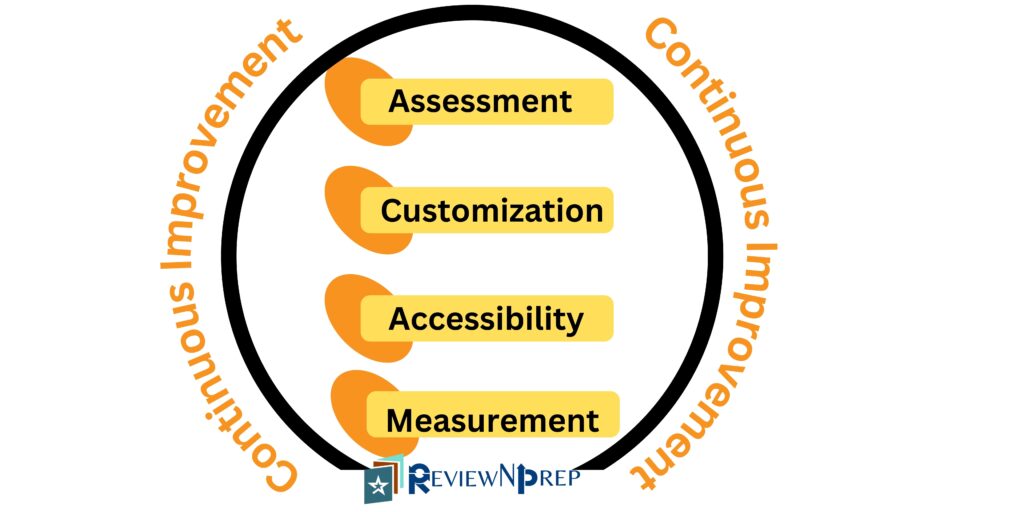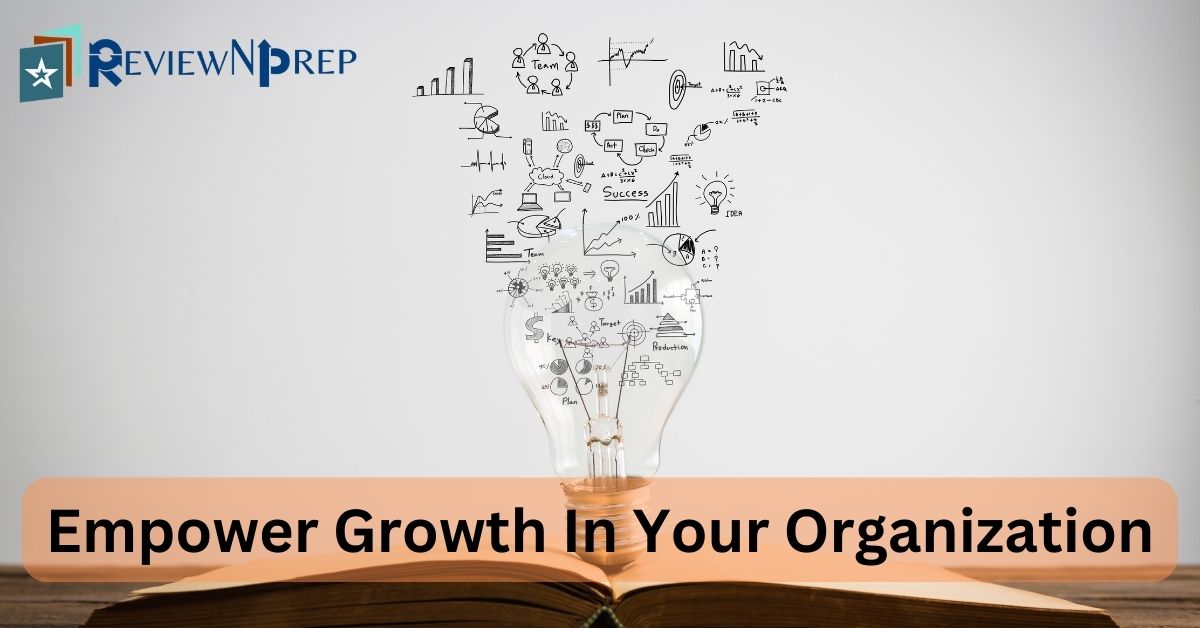|
|
In today’s competitive job market, employees are constantly seeking opportunities for personal and professional growth. As organizations strive to meet their business goals, employee development and retention have become critical aspects of their success.
To address this, companies are investing in effective learning initiatives to bridge skill gaps, enhance job performance, and foster a culture of continuous growth. In this blog, we will explore how learning initiatives can guide employee development and retention while sharing real-life success stories, backed by relevant studies and data.
Table of Contents
Understanding the Importance of Learning Initiatives
Employee development and retention are closely intertwined. When employees are equipped with the skills they need to excel in their current roles and grow professionally, they are more likely to remain committed to their organization. Here’s how learning initiatives can make a significant impact:
1. The Skills Gap Challenge
One of the primary drivers behind the implementation of learning initiatives is the recognition of skill gaps within the workforce. According to a study by the National Skills Coalition, nearly 1 in 3 workers lack foundational digital skills necessary to excel in their current roles.
This skills gap can hinder both individual employees and the overall company’s success. By offering access to training programs, workshops, and courses, organizations can ensure that their workforce remains up-to-date with the latest industry trends and technologies.
2. Aligning with Development Goals
Every employee has personal and professional development goals. Employee development plans are instrumental in aligning an individual’s goals with the company’s objectives.
Based on the findings of LinkedIn’s 2018 Workplace Learning Report, a significant majority of employees (94%) expressed their willingness to remain at a company for a longer period of time if their employer were to invest in their professional growth.
Additionally, a substantial percentage (74%) indicated that the absence of opportunities for employee development is impeding their ability to reach their maximum potential.
Learning initiatives that allow for individualized growth plans help align these aspirations with the organization’s broader objectives. When employees see that their company is invested in their career development, they are more likely to stay and contribute to its success.
3. Fostering a Culture of Continuous Growth
A culture of continuous learning and growth can have a profound impact on employee retention. When employees are encouraged to pursue ongoing learning opportunities, it creates a sense of engagement and investment in their personal and professional growth.
While technical skills are essential, soft skills such as communication, leadership, and problem-solving are equally crucial for career progression. While hard skills are essential, the importance of soft skills cannot be underestimated. A LinkedIn survey revealed that 91% of talent professionals agree that soft skills are crucial for employee success.
Learning initiatives often include modules aimed at improving these skills, which can lead to better job performance and increased job satisfaction.
The Impact on Employee Retention
Effective training and development efforts have a significant impact on employee retention rates. A study by Gallup found that companies with high levels of engagement and development opportunities experience 59% lower turnover.
As the workforce continues to evolve, investing in employee development and providing professional development opportunities is a strategic move that pays dividends in the long run. Effective training is not just an expense; it’s an investment in your employees and your company’s future.
So, how can we implement the effective learning initiatives?
Implementing Effective Learning Initiatives
To make learning initiatives work effectively for employee development and retention, organizations should consider the following steps:

- Assessment: Identify the skills gaps within your workforce through surveys, performance evaluations, and feedback mechanisms.
- Customization: Tailor learning initiatives to meet the specific needs of individual employees and align them with the organization’s goals.
- Accessibility: Ensure that learning resources are easily accessible, whether through in-person training, online courses, or mentorship programs.
- Measurement: Implement systems to track the impact of learning initiatives on skill development and employee satisfaction.
- Continuous Improvement: Regularly assess and update learning programs to keep them relevant in a dynamic business environment.
Conclusion
In conclusion, learning initiatives are a powerful tool for guiding employee development and enhancing retention rates. By investing in the growth and skill development of their workforce, organizations not only improve job performance but also create a workplace culture that attracts and retains top talent.
In today’s competitive job market, the commitment to employee development through effective learning initiatives can be a defining factor in an organization’s long-term success.
Incorporating these strategies into your organization’s development program will not only bridge skill gaps but also help your employees reach their potential and contribute to your company’s success.
Are you looking for ways to enhance your employee development program or need assistance in implementing effective learning initiatives? Contact our ReviewNPrep team to explore the best solutions for your organization’s needs. Together, we can create a culture of growth, engagement, and retention.
Interested in hosting your content on your branded LMS, check out our ReviewNPrep.io LMS.

